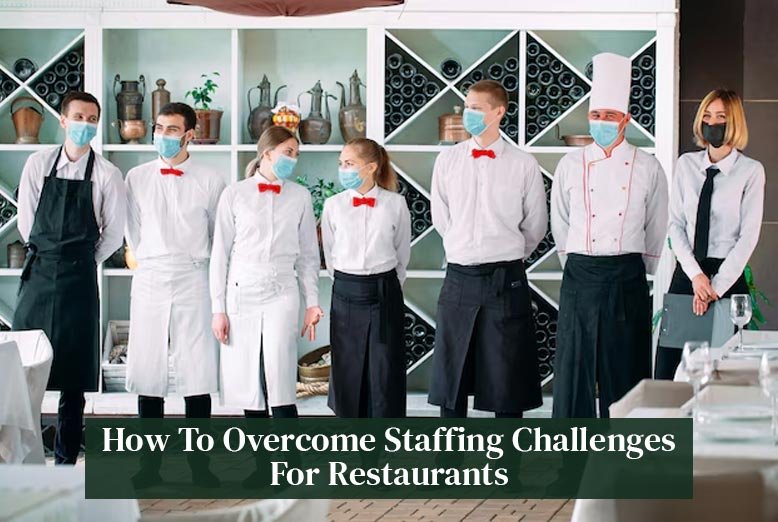Of all the challenges facing restaurants today, staffing is arguably the biggest. High turnover rates, a competitive job market, and inflated labor costs have made maintaining a stable, reliable workforce a nightmare for restaurant owners and managers. As businesses navigate through these challenges, the call for innovative solutions becomes loud and clear. This article looks into the main staffing challenges experienced in restaurants and gives effective ways to surmount them.
High Turnover Rates and Their Impact
Among the major issues that plague restaurant staffing is the problem of high staff turnover. The transient nature of the job, put together with harsh conditions, results in employees quitting and searching elsewhere for greener pastures. This makes it enter into a kind of vicious circle from where the process of hiring and training never really seems to stop, which again may prove costly to the organizations and negatively impact their service standards. To offset this, restaurants should work on workplace culture, pay competitive wages, and have clear opportunities for advancement in their career. When staff feel appreciated and see an opportunity for growth, they are more likely to be loyal to the business.
The Difficulty in Attracting Qualified Talent
The other major problem is qualified and experienced staff. Normally, the restaurant industry competes for labor with other industries and this happens particularly when unemployment is low. In addition, many potential employees often consider a restaurant job just as a temporary opportunity and not as permanent employment. Correspondingly, restaurants should sell those advantages that they can actually provide and these will often be those unique to their workplace such as flexible hours, meals, or on-job training. Searches for jobs through online job boards, or utilizing social media forums to find new applicants, also make candidates more accessible.
The Rising Cost of Labor
Labor costs are increasing and restaurants must balance their labor needs against their budgets. Higher wages, benefits, and overtime decrease profit margins, and a manager must become inventive while attempting to cut corners. One practical solution is to optimize staffing by utilizing workforce management software, which ensures the optimal numbers of employees are scheduled throughout peak and off-peak periods. Secondly, technology investment, such as in a self service kiosk, reduces superfluous numbers of front-of-house employees when customers can order and pay independently.
Training and retaining new hires
Even with new hiring, proper training and retention challenges still remain. Most of the restaurant workers are thrown into the job without much preparation for it, resulting in mistakes, dissatisfaction, and eventual resignations. This calls for an implementable comprehensive training program so that the employees can work accordingly and successfully. Restaurants also have to provide regular reviews of performance, mentorship opportunities, and ongoing training sessions to their staff for motivation and personal development.
Managing Seasonal Staffing Fluctuations
Seasonal demand can also complicate the staffing process. Restaurants tend to be busier during holidays or summer months and struggle when the traffic is less predictable. Restaurants can hire part-time or temporary workers to support businesses during busy periods. When restaurants keep a file of seasonal employees who worked out well previously, it may be easier to rehire for any high-demand period.
Leadership in Staffing Success
Good leadership is an important part of the solution to overcome staffing challenges. Good communication, leading by example, and employee well-being are key elements in which managers can create an environment where workers feel valued and respected. It not only raises morale but also helps in teamwork and productivity. Leadership training for managers can ensure they have the tools to inspire and retain their teams.
Restaurant staffing is inevitable, but it does not have to be insurmountable. Grappling with high turnover rates, improving recruiting techniques, and embracing new technologies like self-service kiosks will allow restaurateurs to develop more resilient teams. The future is bright, and this is a people-intensive industry; thus, training, leading, and adapting are keys that will make the restaurant industry not only survive its current staffing crisis but stronger than ever.
Also Read: Top 3 Reasons Boutique Staffing Agencies Outperform Large Firms















